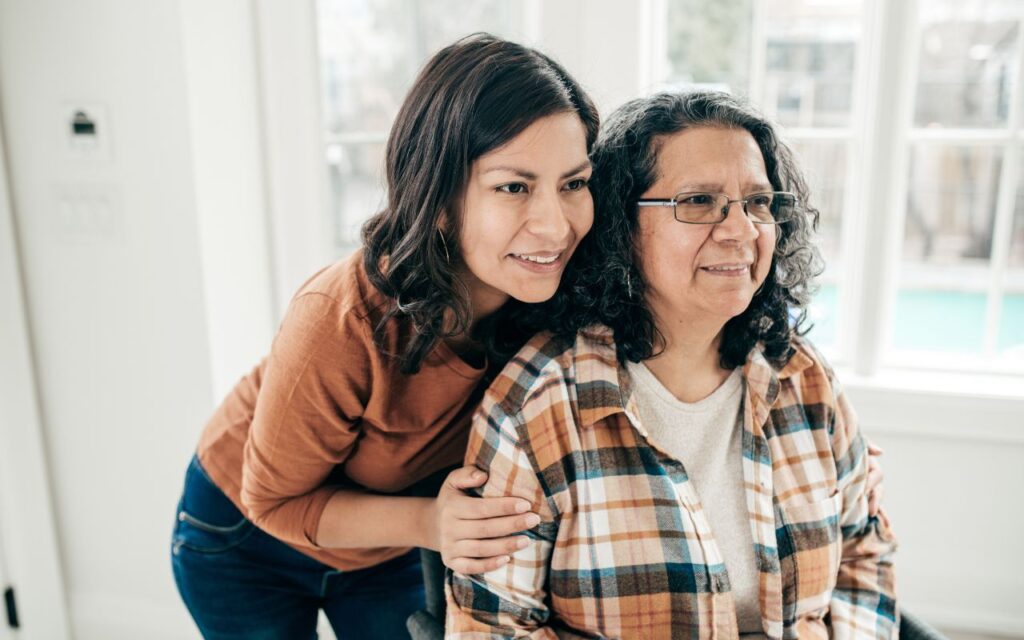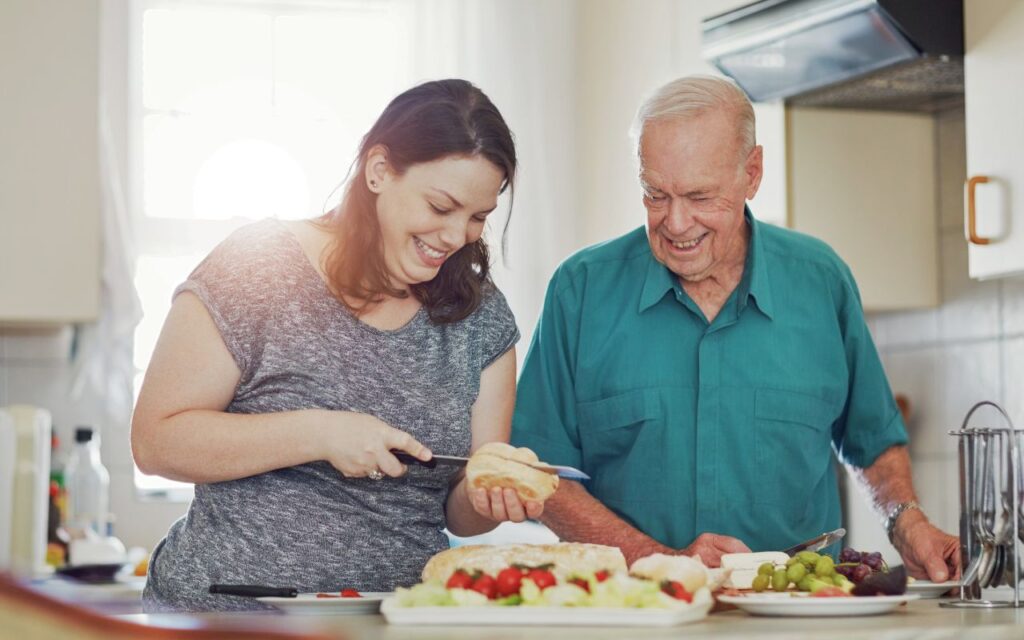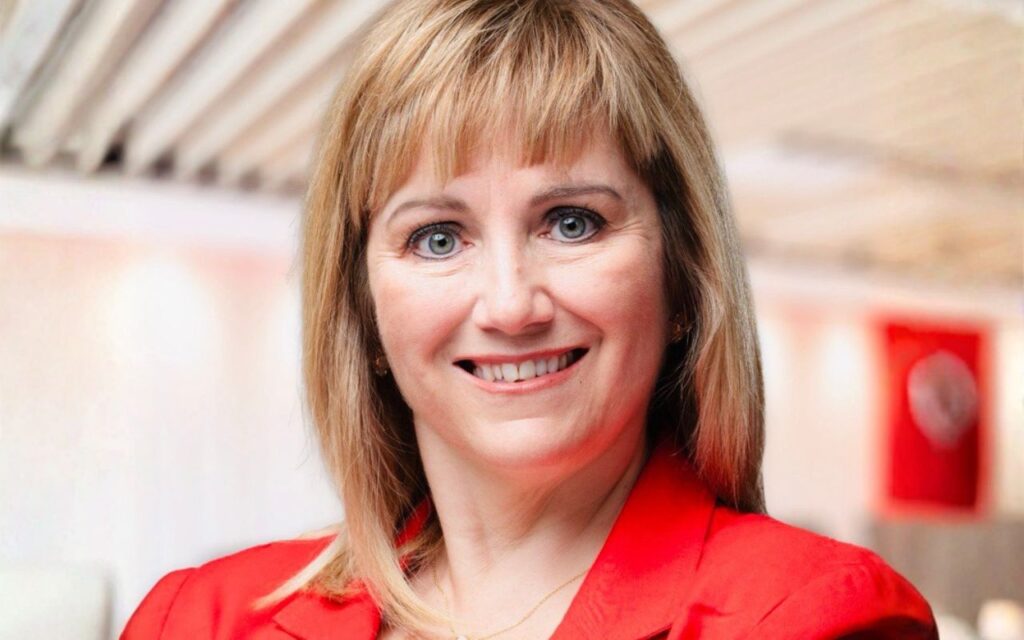
When we think of caregiving, the image of a professional nurse or medical assistant might come to mind.
But across homes, neighbourhoods, and communities in Canada, millions of people — many without realizing it — are quietly serving as caregivers for family members, friends, and even neighbours.
In Ontario alone, it is estimated that 4 million people provide physical and/or emotional support to a loved one. That number doubles when you include the rest of Canada.
Much like our idea of who a caregiver is, the tasks associated with caregiving have also broadened over time, according to Amy Coupal, CEO of the Ontario Caregiver Organization.
As more people choose to age at home or receive home care, more caregiving tasks are falling to family and friends to fill in the gaps. For example, compared to even five years ago, caregivers are taking on more responsibilities, varying from picking up medications and coordinating appointments to managing legal affairs and personal care.
“I would say most people who are caregivers don’t think that’s what they are doing,” she said. “Every caregiving journey looks different, but if you are helping somebody with a physical or mental health need, and perhaps the things that they need to live their life associated with those needs, you’re a caregiver.”

The gender lens
The number of caregivers in Canada has reached the 8 million mark, and the gender divide between caregivers is relatively even. However, studies show that women tend to feel the impact of caregiving more profoundly, said Coupal.
It has been shown that women are investing more hours of their week into caregiving than their male counterparts and are taking on more tasks.
“Even though we have these more balanced numbers, we see that women are facing greater challenges in that caregiving role,” she added, saying much of that could come down to work-life balance.
According to the Ontario Caregiver Organization’s data, two-thirds of women caregivers are also career women, often balancing work and caregiving responsibilities.
Tie in the women in the sandwich generation – those caring for both aging parents and young children – and you have a recipe for burnout.
Facing burnout and finding support
In a survey of caregivers, 74 per cent of respondents said they can’t take on any more than they already have. Nearly the same number of people are concerned that they will not be able to handle all their caregiving responsibilities in the future.

It’s those kinds of numbers that worry organizations like Coupal’s.
“We are seeing burnout, depression, anxiety, that sense of isolation, all increasing for caregivers,” she said. “We also used to see caregivers get to burnout in five years, and now they’re getting to burnout in two, and that’s something that really we should be talking about.”
Many also report needing to cut back work hours, take a leave, or even quit their jobs. On top of this, caregivers frequently bear financial burdens, covering costs for medical supplies, groceries, or even rent for the person they care for.
Looking beyond logistics, caregiving often also entails the less visible emotional burden of loss, guilt, and even grief: grieving for the life once imagined for a loved one before illness or aging changed its course. These feelings are common, added Coupal, and many caregivers may not initially feel entitled to the label of caregiver or the support it could provide.
“Take a moment to think about how you, as a caregiver, would best like to be supported,” she said. “Is it that you want to call a helpline? Do you want to watch a webinar? There are lots of support networks out there that can help people navigate some of these challenges.”
As our healthcare system continues to reach its limits and as more women and families take on this essential work, the importance of recognizing, supporting, and empowering caregivers has never been clearer, said Coupal.
Whether you speak to your employer to alleviate some pressures or build a circle of care to share the responsibilities, anyone facing a caregiver role shouldn’t be afraid to ask for help.
“My number one message remains that you’re not alone,” she added. “You don’t have to go through this journey alone.”
For more information on support networks or how you can connect with help visit https://ontariocaregiver.ca/.








